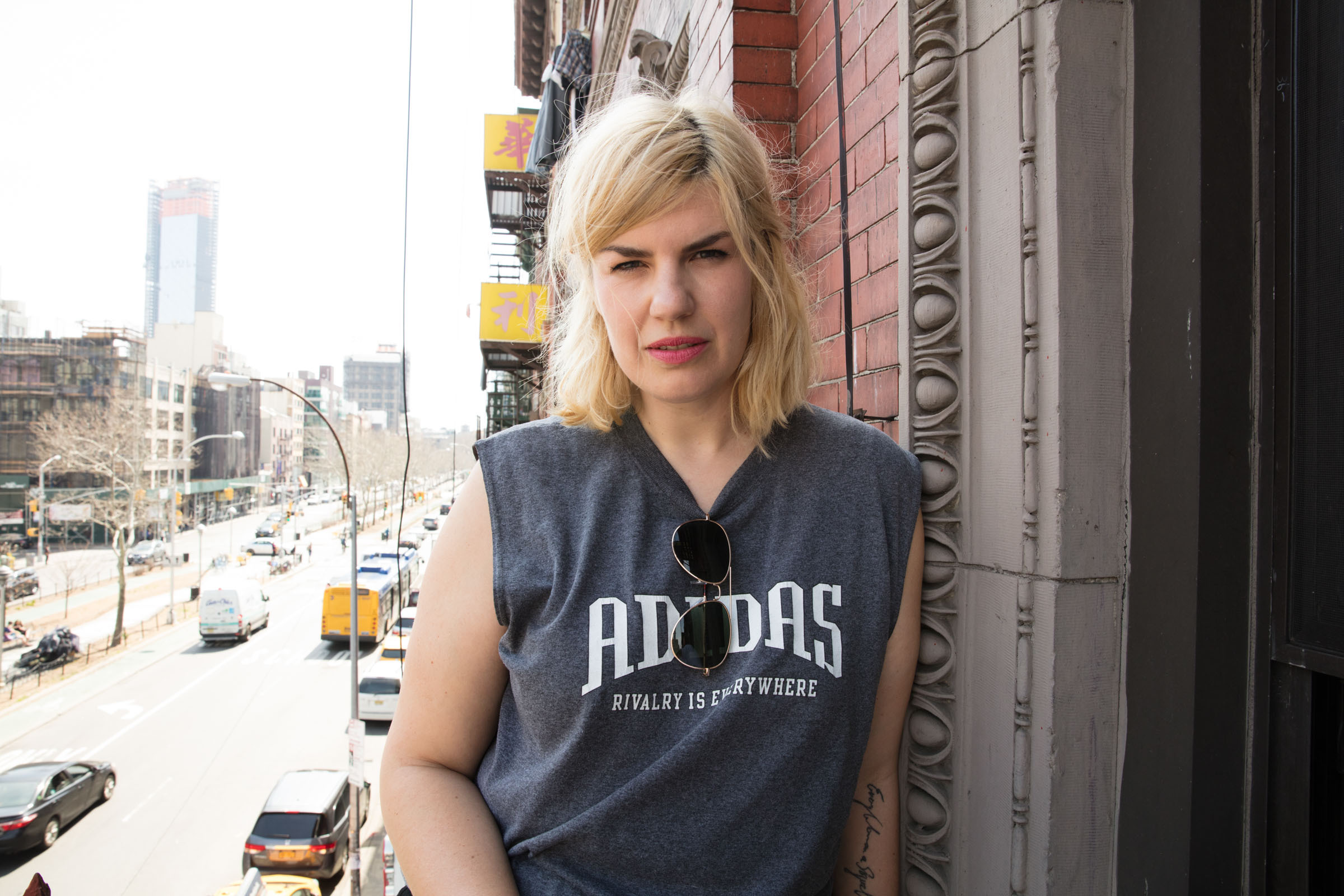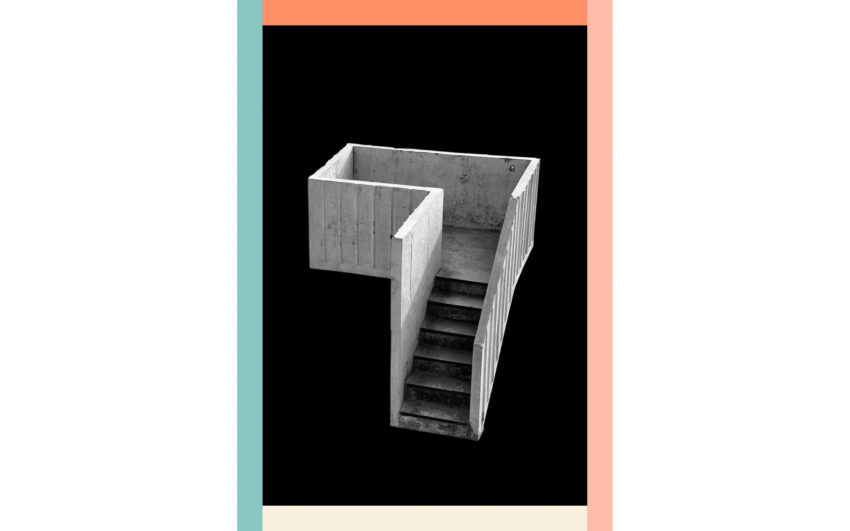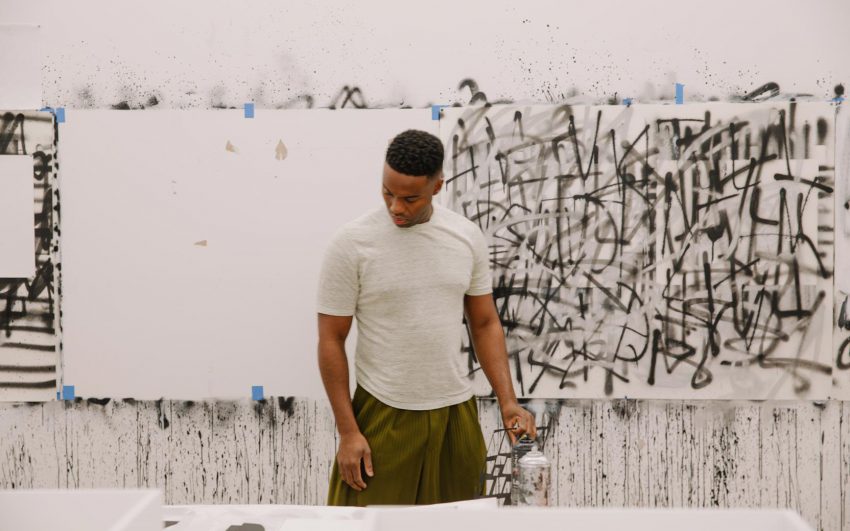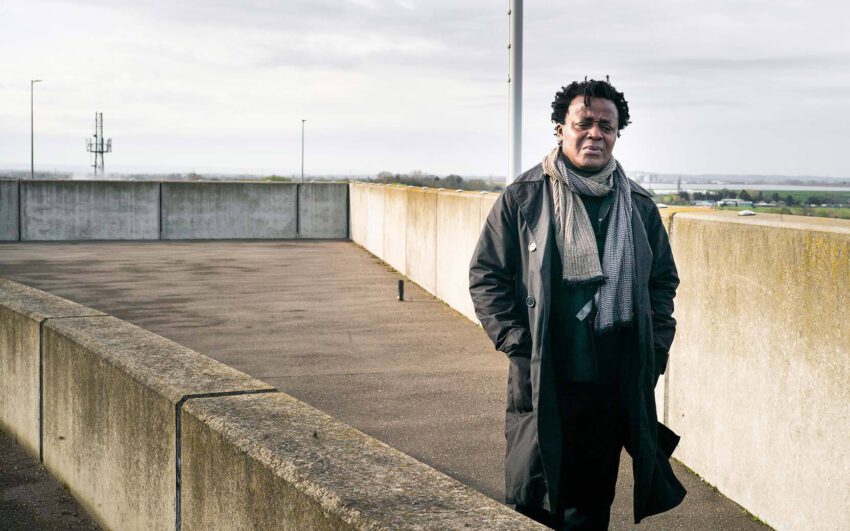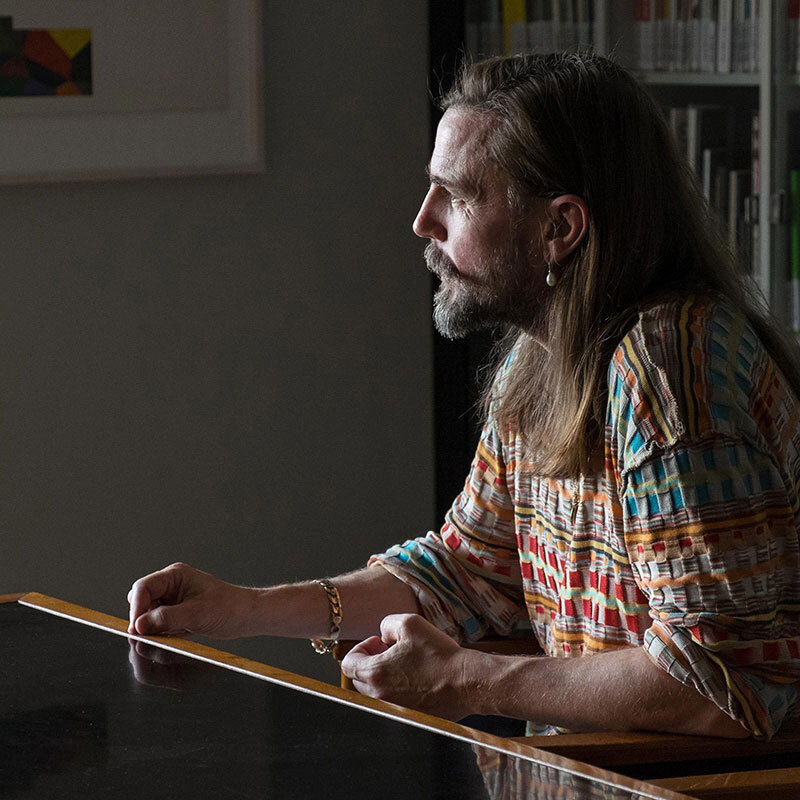Lena Henke has developed a diverse body of sculptural works, often arranged in comprehensive spatial installations. Henke's work references urban planning, Land Art, human relationships, sexuality and fetishism, consistently infiltrating the patriarchal structure of art history with a very smart and humorous tone. Her formal language and use of materials often alludes to Minimal Art combined vividly with Surrealist imagery to examine the structures of street life and the ideas of city planners and urban theorists such as Jane Jacobs, Roberto Burle Marx, and Robert Moses.
You have worked very hard personally on your exhibition THEMOVE at Emanuel Layr in Vienna. What can you tell us about it?
The starting point for this exhibition is a continuous discourse with the topic “Role Models” through the simultaneous use of my own body and my biographical material. At the center of the room is a bronze sculpture, a larger than life female body after a drawing by Tomi Ungerer revealing a door between the legs. Looking through this clearly vaginal entrance, one sees the Freedom Tower, New York’s highest building, as a framed phallic symbol positioned on the wall directly behind the bronze sculpture. Opposite and in the same position and also with reference to the Freedom Tower, I show myself, my body in my first self-portrait, here as a silkscreen print on aluminum plate, a reflection of the position of the bronze sculpture. The theme is intimacy and a feminist view of the male aspects of art and architecture. Further into the exhibition, one sees what appear to be American style street signs, white lettering on a green background mounted just below ceiling level. They show word combinations that on one hand refer to the materials used and on the other to thoughts that surfaced in my therapeutic sessions thereby repeatedly underscoring the intimacy of the works, for example in MYIRONFEELINGS or OURPORCELAINTHOUGHTS.
As an artist your work is very feministic. How do you see the gender debate in art?
Women in art, regardless of whether they are artists, or involved in art and culture in other capacities are still unequal to their male counterparts in terms of remuneration, power, and equal opportunities. It is therefore necessary to develop targeted strategies which will shatter the ingrained tendency toward unequal treatment. An important step is the permanent support of and reference to women in art. Attention must be called to their work and value, their names should be more visible and a network established in which long-term artistic positions will provide strength for women.
What artists do you admire or inspire your work?
Many women whom I admire in the arts have served as mentors for me. They include Ayşe Erkmen, Judith Hopf, and Virginia Overton. I consider “mentoring” a decisive strategy to promote women in the arts.
You have a special love for sculpture parks. Which ones have impressed you most?
Visiting sculpture parks is one of my artistic occupations. I am interested in gardens, parks, and exterior installations that have been created by one person. They are as it were research projects with a focus on a holistic artistic approach based on a radical understanding of space, architectural structures in the exterior space conceived as a perception of the world as such and then realized.
Especially remarkable is the Surrealist sculpture garden Las Pozas in a Mexican rain forest established by Edward James in the 1960s and the well-known Sacro Bosco near Rome. Both sculpture gardens were founded by two male individuals whose intention was quite different. Las Pozas was founded by a British multimillionaire who wanted to create his own paradise, while Sacro Bosco had been dedicated to a love who had passed away.
In your art systems, maps and city plans, as well as the city of New York where you live, play a major role. A reference which you often make is to the urban planner Robert Moses. Where does the fascination for his work come from?
Robert Moses was a man who sought to modernize. He was responsible for how New York city is today, but he achieved it in an extremely unscrupulous way destroying entire neighborhoods. I consider his ego driven urban planning as both fascinating and repulsive. I perceive New York City as a very masculine city. I would describe it as a very masculine over dimensional city sculpture. For my solo exhibition in Zurich An Idea of Late German Sculpture; To the People of New York, 2018 I dedicated a grayish black island similar in shape to a horse’s hoof to his work: Robert Moses’ Mother Drives Through Wallis is the title of the work and it picks up on the horse’s hoof that I first used in 2016 in an exhibition at Gallery Real Fine Arts, in New York. This gallery was (it has since closed) located under the Brooklyn-Queens Expressway, a city highway designed by Moses in the middle of the 20th century. I repudiate his quasi-totalitarian concept of a city as a rational and useful machine.


